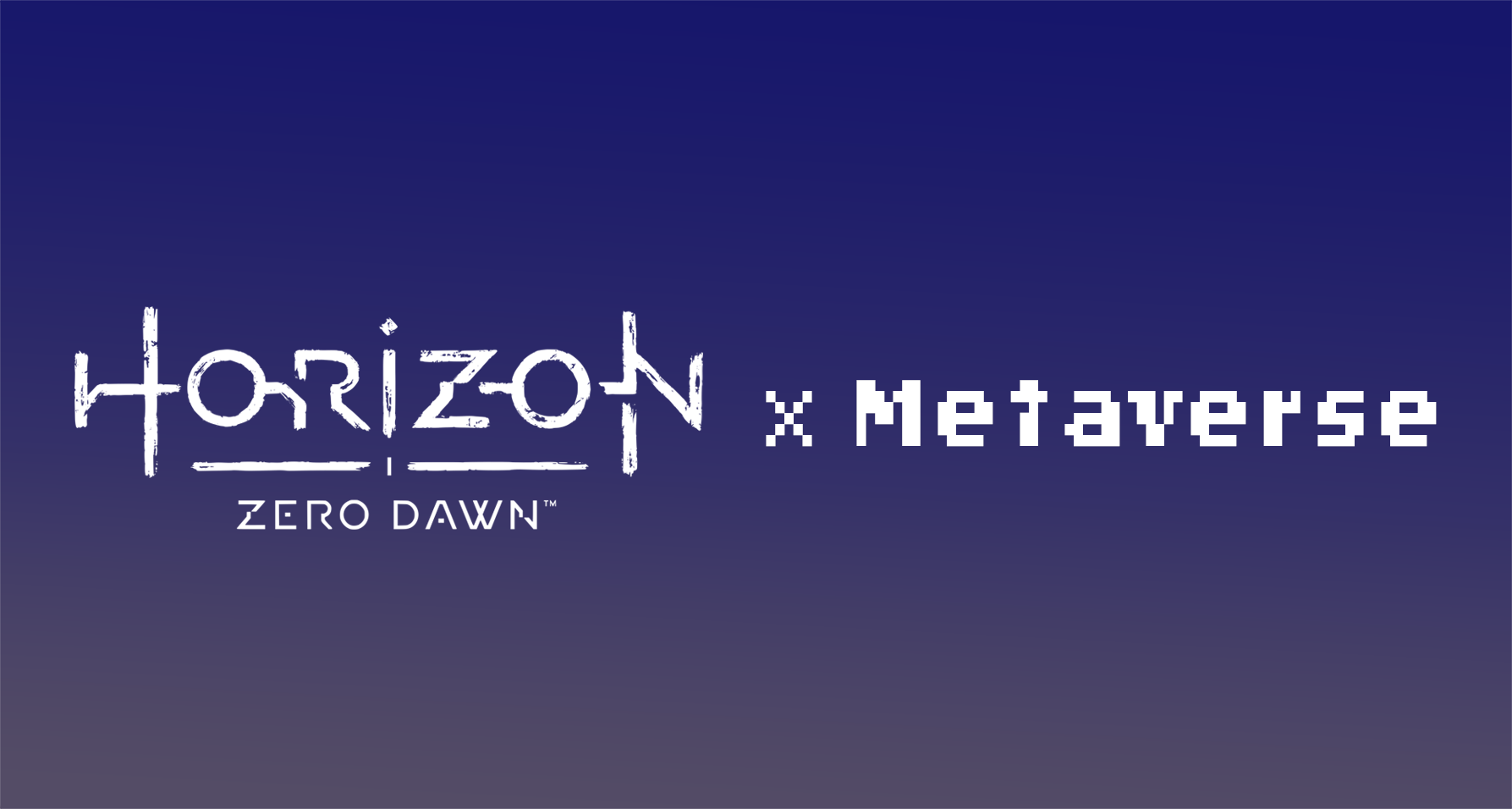Welcome to the virtual world! Have you ever wondered what lies beyond our everyday reality? Well, you’re in luck because Microsoft has created a new universe: the Metaverse. In this blog we’ll take a deep dive into the depths of this revolutionary concept, discussing its inner workings, potential applications, and anything else that comes to mind. So grab your dive gear and let’s explore the endless possibilities that await us in Microsoft’s Metaverse!
Introduction to Microsoft’s Metaverse
Microsoft’s Metaverse is a virtual world platform that allows users to interact with others in a 3D online environment. It is an open, living, expandable universe made up of multiple worlds Ð each one built by the community. The Microsoft’s Metaverse enables people to create unique and immersive experiences for themselves, their friends and family, and the everyday workplace.
The Metaverse has many features that make it stand out from other virtual world platforms, such as powerful tools for creating interactive experiences and social network options for connecting with others. For example, developers can use the application programming interface (API) to integrate Microsoft’s Metaverse into their existing gaming or social networking systems. Additionally, through the open source project OpenSim, users can link their real-world locations to events happening in the Microsofts Metaverse Ñ such as visiting landmarks and completing simulated missions.
The possibilities with Microsoft’s Metaverse are virtually limitless; whether you want to explore a fully custom 3D world or simply connect with someone across the globe – you can do it all in this exciting digital universe!
What is the Microsoft Metaverse?
The Microsoft Metaverse is an ambitious project to create a virtual world that allows people to interact and explore the Internet together in new ways. By combining advances in artificial intelligence, machine learning and big data, the Metaverse will enable users to access real-world data in new ways. As such, the platform could redefine how people search and interact with information online.
The concept of a Metaverse originated as part of science fiction literature that was very popular in the 1980s and 1990s. More recently, the idea of a digital world has been explored by some top technology companies including Microsoft who are taking steps to bring the vision into reality.
MicrosoftÕs version of a Metaverse will be created using Azure Spatial Computing technology, which will include interactive 3D environments where people can communicate with avatars or “companions” as well as interactive applications called “themes” which will let them participate in activities such as gaming, shopping and learning. In addition, it could provide web links to websites or web apps enabling people to connect with remote groups or individuals much more easily than ever before.
The Metaverse could potentially provide access to vast amounts of valuable data that would otherwise not be visible on search engines or social media platforms which have become commonplace online hubs today. It may also provide an enhanced way of storing personal information securely that would be efficient, safe and private while respecting user privacy. Eventually it will likely also become open source so anyone can build upon it or modify it when necessary allowing for an ever evolving platform that evolves with users’ needs over time
Benefits of the Microsoft Metaverse
The Microsoft Metaverse is an industry-leading immersive unified communication platform that enables individuals and organizations from around the world to communicate, collaborate, teach and learn together in an asynchronous manner. It combines the reach of powerful cloud-based technologies and multimedia elements with personal computing to create a richer, more engaging and ultimately more productive online experience for users.
The Metaverse’s many benefits include improved collaboration tools, a seamless global reach that allows partners to share information in real time regardless of location or language, advanced security protocols, sophisticated analytics solutions and data processing capabilities. The ability to create custom environments tailored to individual or group needs is extremely beneficial and allows users to increase engagement while simultaneously decreasing costs.
Microsoft has also included gamification tools that boost engagement levels by rewarding participants for completing tasks within their virtual worlds. Additionally, analytics solutions allow organizations the ability to measure employee productivity while ensuring compliance with internal regulations and industry standards. Metaverse features such as avatars, virtual spaces and dedicated audio/video channels can all be used to facilitate immersive learning experiences without leaving the comfort of oneÕs home or office.
The Microsoft Metaverse is yet another example of how technology is continually transforming how people interact with each other online by creating immersive experiences like no other available platform before it. Its powerful unified communication capabilities ensure collaboration regardless of geographical distance whilst its innovative gamification model engages users in ways traditional platforms simply can’t match. With numerous applications in education, business communication, entertainment and more; thereÕs no doubt that this meta-universe will be integral in ushering forth a new era of digital connectiveness for its users across the globe.
Challenges of the Microsoft Metaverse
The Microsoft Metaverse is a concept for a unified, immersive virtual world developed by tech giant Microsoft. It envisages a future where much of our lives are conducted in the Metaverse, and it has applications for entrepreneurial endeavors, social gatherings, and everything in between. However, the development of the Metaverse brings with it various challenges.
First up is maintaining balance between the virtual and physical worlds. One major challenge faced by Microsoft is ensuring that their users have ample opportunities to move fluidly between both these worlds without feeling disconnected or out of touch with reality. This could ultimately be an issue of trustÑusers must feel comfortable and secure when they venture into virtual spaces.
A second issue within the realms of creating a successful Metaverse environment is more technical in nature-people must have access to an array of tools that allow them to easily move between each world, such as realistic graphic manipulation tools, and natural interfaces like VR headsets or even gestural control systems like Leap Motion or Kinect. Achieving smooth navigation through each space must be thoughtfully designed if people are to remain engaged with their respective situations within those spaces.
Finally, platforms must be put in place that govern interaction between users from different cultural backgrounds who inhabit their own localized environments within the same global space. Different regulatory policies may apply when it comes to issues such as ownership of content generated through interactions with other users; therefore these spaces should always reflect an adherence to laws both local and global so as to ensure consistency across all environments connected by the Microsoft Metaverse .
Applications of the Microsoft Metaverse
The Microsofts Metaverse is a concept of an augmented version of reality where physical and digital spaces converge and interact. It is a powerful platform that can be used to collect, store, analyze and share data in the physical world. The possibilities are almost limitless and range from innovative virtual experiences to gaming, advertising, education, shopping or communication.
Applications of the Microsoft Metaverse include:
-Augmented Reality: Augmented Reality (AR) enables users to interact with physical objects as well as digital content. This form of mixed reality presents virtual elements in relation to real-world objects in order to provide an enhanced experience for users. AR applications have already been used for marketing campaigns, tours of buildings and museums, education purposes, interactive gaming experiences and product launches.
-Data Visualization: By connecting data from multiple sources into one system, the Metaverse allows for detailed visualizations of complex patterns such as population density maps or interactive marketing analysis tools that show how trends affect customer purchases.
-Simulation: It can be used to create virtual simulations that allow users to get a feel for what it is like to drive a race car or explore new cities without having to leave their homes. In addition, simulations could also be used in business settings such as product design testing or even training scenarios where workers communicate with each other through avatars within an environment designed like their workplace.
-Cloud Computing: The capability of Microsoft’s cloud computing technology enables enterprises to manage their data more efficiently by providing powerful analytics services such as machine learning algorithms and predictive analytics capabilities that help businesses make better decisions based on collected data points. Additionally, the cloud infrastructure makes it easier for organizations with distributed offices or employees who work remotely access company resources from anywhere at anytime.
Security and Privacy of the Microsoft Metaverse
In a world that is increasingly reliant on digital solutions, security and privacy have become two of the most important elements of any virtualized infrastructure. With the introduction of MicrosoftÕs Metaverse Ñ MicrosoftÕs Cloud infrastructure platform Ñ comes heightened concerns as to how securely and privately data is stored and managed. The good news is that Microsoft implements various security measures throughout its ecosystem designed to protect your data when it is in transit and while it is stored within the Metaverse.
Microsoft employs several layers of security throughout its platform, including physical, network and application-level safeguards. At a physical level, the data centers where the Metaverse operates have 24/7 monitoring systems with built-in surveillance both within their walls and outside their premises using automated processes with webcams, keypads, digital locks and laser beams. This protects against unauthorized access at every possible point of entry either inside or outside the facility.
At a network level, intelligent routing controls dataflow within the Metaverse as well as to ensure only authorized users are able to access applications deployed within its infrastructure. The system uses advanced encryption protocols such as Transport Layer Security (TLS) and Secure Sockets Layer (SSL) which provide endpoint protection while transportation of data in or out of the realm occurs over HTTPS or FTP protocol networks by supporting remote memory dump analysis (RMDA).
Application-level safety protocols are also implemented to further protect users’ information in case someone does gain unauthorized access into any hosted cloud applications or services. These protocols include measures such as firewalls which control traffic into specific applications based on user authentication methods; authentication tokens which verify identity through two-factor authentication; encrypted storage media which stores any application-specific metadata safely; password safeguarding ;and regular patches are rolled out continuously so that there are always up-to-date versions without compromising any existing configurations running on prior versions.
The bottom line is this: Your data will be secure if you opt for Microsoft’s Metaverse platform due to their stringent physical safeguards combined with powerful Application & Network protections put into place for users’ safety & privacy.
Future of the Microsoft Metaverse
The Microsoft Metaverse, sometimes referred to as the Mixed Reality Ecosystem (MRE), is an ambitious project that could dramatically change the way we interact with technology. Microsoft has described it as Òthe next evolution of computing, which brings together physical and digital space in new and exciting ways.Ó In simpler terms, the Metaverse describes a virtual world where people can interact, share experiences, and create whatever they can imagineÑall without leaving their homes.
The ultimate goal of the Metaverse is to make virtual experiences feel more like real-life activities than ever before, by making them faster, more engaging, and interactive. That means a virtual event can now occur in minutes or hours instead of days or weeks; gamers no longer have to wait for downloads before they can play with friends; and businesses have access to affordable virtual meeting platforms that save time and money on travel costs.
In addition to these tangible benefits for consumers, corporations also stand to gain from the introduction of the Metaverse. Using environment-as-a-service platforms in which digital tools are provided in a pay-per use model means companies will have greater control over their digital assets without needing any IT know-how.
As more firms realize the potential of this technology, cloud infrastructure providers are likely to invest heavily in its development – allowing for faster and smoother implementations down the line. Already startup companies are experimenting with mixed reality technology such as VR/MR headsets and haptic feedback interfaces – a sign of major advancements in remote collaboration tools coming soon! The future of mixed reality holds tremendous potential as it works towards blurring the lines between physical events and computer generated ones; ultimately merging them into one seamless harmonious experience that everyone can enjoy!
Conclusion
In conclusion, the Microsoft Metaverse is an immersive, internet-based environment that allows users to create virtual worlds, develop projects, and socialize with other people all over the world. Microsoft has been working for several years to make the Metaverse a reality and its launch in 2021 will be an exciting moment for everyone involved. The Metaverse is just one step closer to an entirely new way of living. For those curious about what this brave new digital world has to offer, there are many great resources available online. The most important thing to remember is that the Microsoft Metaverse will only be successful when people use it in creative and innovative ways.






